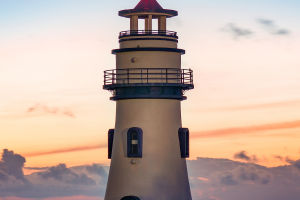Black geese are typical cold water marine birds, resistant to severe cold, and like to live in bays, seaports, estuaries, and other places. Sometimes they fly in an oblique line, sometimes in a "V" shape, which is very irregular. They often migrate in large groups, fly during the day, and land in lakes and other waters in the evening to rest and look for food. They often make loud noises.
Black geese are distributed in North America. It is native to Canada, the United States and Mexico and covers most of North America. However, Black geese usually overwinter in the southern part of the continent and are introduced to habitats around the world, entering Europe, Australia, and parts of Asia, such as Japan and South Korea.
Black geese like to cluster and often move and inhabit in groups. When flying, the two wings stir up quickly and forcefully, and make a "whoosh" sound. They usually fly in a straight line, but they often hover over the sea and fly back and forth and turn flexibly. They are good at swimming and diving and fly very fast. When they fly from the water, they are always singing. At night, black geese usually inhabit on the water, shallow water near the water or on the beach. At dawn every day, they fly to the grassland in groups to look for food. At noon, they return to the water to rest, drink water and swallow sand. At night, they sometimes roost in the foraging area. When the weather is bad, especially when there is a storm, the black geese often take refuge in the reeds and gather in dense groups on the water.
Black geese mainly feed on plant food. When they first moved to the breeding ground, they mainly ate moss and lichens under the rocks because the ice and snow had not yet melted. As the temperature gradually rises, plants begin to grow in shade, and they begin to look for a large number of plant buds, stems and leaves. In autumn and winter, they forage for large leaf algae and algae on the coast. In addition, they also occasionally forage for a small number of aquatic insects, molluscs, small crustaceans, other aquatic invertebrates, and fish eggs. They mainly forage in the morning and afternoon. In the breeding season, they mainly feed on the tundra, and in the non-breeding season, they feed on various seaweeds on the coastal and coastal mud. In addition to the usual way of feeding by extending their heads and necks into the water, they can also plunge into the water in shallow water to feed on underwater food like some ducks.
On January 15th, 2009, US Airways Flight 1549 was hit by a group of black geese during its climb and lost power. After confirming that it could not reach any nearby airport, the captain decided to make a forced landing on the Hudson River. The flight made an emergency landing on the Hudson River in midtown Manhattan six minutes after liftoff. As a result, all 151 people on board survived. This event is also known as the "Hudson River miracle" or "Hudson miracle".


